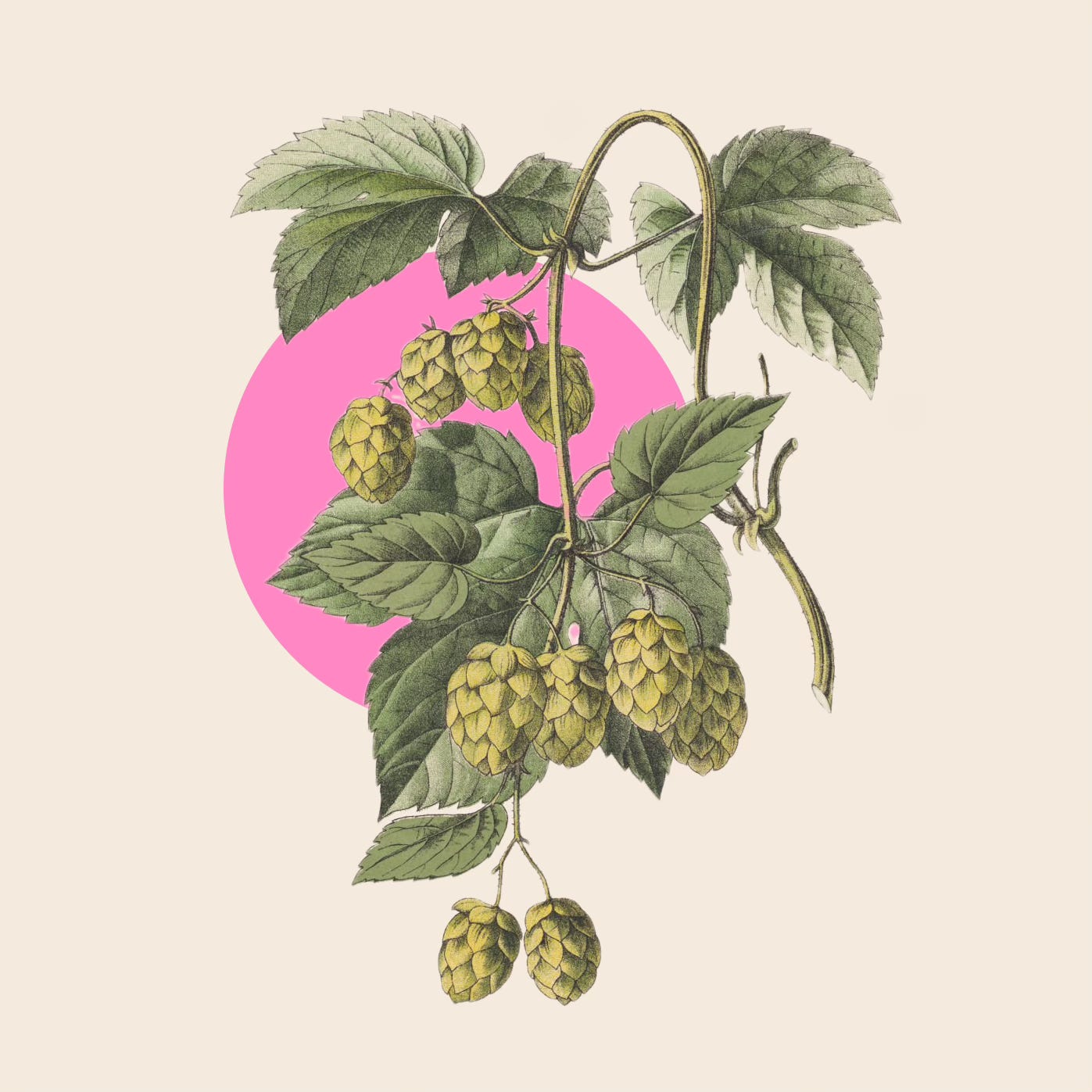A bit of content warning. This piece is a bit cynical and some might find it a teeny bit depressing. Not much and nothing too serious, but slightly sad.
As a child, one of the first pretentious philosophies that I found to be profound was that; “hope is a double-edged sword”. I don’t know where I read it. I tried to figure that out and couldn’t. When you think one more second about it, you realise that you can call anything a double-edged sword and it will sound philosophically profound to a child.
I am pretty sure I read the phrase ‘double-edged sword’ and wanted to play with a stick and pretend to be a sword. Needless to say, I have carried this thought baggage along with me ever since.
I have always felt hope is one of the most difficult things to give some sort of form to. It is a kind of comfort and calmness about what is waiting for us as the wheel of time spins. A kind of reassurance that ‘you will live through it’.
Hope is a product of uncertainty. An uncertainty with the future and our relation to it. When there is no uncertainty, there is no need for hope. The physics of time and space doesn’t allow that so that almost never happens. On the other end, when the uncertainty is very high, the hope in the air reduces. This is kinda the nature of things, so it is the case almost always, every time.
That’s why it makes me feel a bit queasy when there is too much hope just flooding my social media. In a world as uncertain as today, things changing at a pace that our brains and bodies have not evolved for, why is there so much hope everywhere?
I think it is just one of the many signs of a doom, that’s fast approaching.
Part 1: What the hell is Hope-Core?
For me, it was an Instagram ad. An ad for an app with the a single purpose of making videos of a specific single format. An app called ‘Hope-Core’. I have seen these types of videos popping up all over Instagram.
Started in late 2023 on TikTok, Hope-Core is a trend that became quite popular by mid to late 2024 and took full steam in the first half of 2025. Hope-Core comes from a fairly decent lineage. From the early 2000’s Live Laugh Love aesthetics to 2010’s Positivity Kawaii. While these trends were more so about living in the moment and appreciating the current, Hope-Core looked at the future.
Hopecore took many forms. The soul of it has always been the background song. It might have started with Hans Zimmer’s famous composition called ‘Cornfield Chase’ from Interstellar, but the trend found its calling from an indie artist called Flawed Mangoes. Their song ‘Dramamine’ became the focal point for all the Hope-Core content.
Right now there are close to 650 thousand reels made with this song, with views in millions for each. It’s a nice song spoiled by Instagram’s magic of overusing it to oblivion. The song Dramamine is named after a medication of the same name. Something that helps with reducing motion sickness symptoms like nausea, vomiting and dizziness. Sometimes everything just comes together without any rhyme or reason and it all makes sense somehow. In the corner of Indian Instagram, we found our own Hopecore song. The Kannada song Sapta Sagaradaache Ello became the Indian Hope-Core. Not the whole song though, that would be preposterous when there is so much trouble over language in India. Just the instrument solo in the middle was being used. When the Ghibli trend was at its peak, this song became the core.
The aesthetics of Hope-Core is always a bit nostalgic. A lot of pictures over videos, a lot of loopy texts over modern fonts, and a lot of low-res photos of the environment over cities and people. Overall a general sense of imperfect, non-consequential haziness over perfection and clarity. From all its descriptions and history, this has to be something I should like but for some reason, I hated this trend of Hope-Core from the beginning. Maybe it was Instagram pushing it down my throat, maybe it was the cynic in me who refused to acknowledge that others are hopeful.
Part 2: Hopium Epidemic
I think hope at its core, again no pun intended, is a coping mechanism. At least in the medium of social media. There is a very interesting paper in the journal Nature that talks about how “hope” in social media posts correlates with reduced indicators of stress and depression.
With Hope-Core what we are essentially doing is, taking the feeling of ‘hope’ from a fictional system, where the problems and uncertainties are predefined and manageable to our brain, to a real-life situation where there are complex systems and hundreds of reasons for a problem. In doing so we hope, no pun intended, to transfer this re-assurance in one medium to the problems of our daily lives.
In toxicology, there is a concept called LD50. It is the median lethal dose for any substance. From things that we consume daily like water, milk, and caffeine to recreational stuff like nicotine, ketamin, alcohol and even things like Uranium have an LD50.
I think hope, or rather hopium, also has a median lethal dose, LD50. With Hope-Core, I think we are slowly reaching there.
I know that I sound like a grumpy old cynical nutcase. Only three of those are true.
Part 3: Indicators
This whole thing is a correction to another very similar phenomenon that happened a couple of years before the Hope-Core era. It was 2020 and the world was still suffering through the pain of covid-19 pandemic. This led to the start of the Core-Core. Again a social media trend with the whole point of making people melancholic and sad. Without a doubt it was viral. People were dying, the economy was terrible and scientists were predicting the end of the earth. The situation never got better. More importantly, is it getting even worse though?
One of my favourite hashtags to follow on the internet is the hashtag #RecessionIndicators. Apart from the traditional, mathy, statistical prediction model-based indicators of recession, there are cultural indicators. For example; the men’s underwear index. Which says men’s underwear sales drop indicates a recession. Or the lipstick index, which says people avoid more expensive products for small luxuries like lipstick. There is also the famous hemline index and the stripper index. Queue, the hopium index. The hyperbolic increase in the amount of Hope-Core content on social media is a sign of recession. Hope is essentially a coping mechanism for the uncertainty that the future holds. With a recession, that uncertainty is very high and the future is tomorrow. Hence the need to pump a vulgar amount of hope into our systems. If we follow the trend as well, things are getting worse and Core-Core depression fuel content where the first natural response. Followed by ‘Delusion is the Solution’ and now we reached peak Hope-Core. Now we are slowly going back to the beginning to make a full circle. The latest trend is a mockery of the Hope-Core called Hopless-Core. People posting their real pain of living in this world over the famous Hope-Core songs. The humour, yes I find it funny, out of this juxtaposition is the essence of the first half of 2025.
I know you might be thinking, “But the correlation is not causation”. I can hear the authors of Freakonomics telling me the same thing. I couldn’t agree more. As they say in the business, it is but a hunch. Just like my buddy Quasimodo.
Part 4: The end?
To summarise. Hope is quite tricky and complex. If anything hope is just a survival instinct. A fight within our brain to survive ourselves. No wonder why it is used as a plot point for so many pieces of art. In late 2023 the trend of Hope-Core started on social media. An aesthetic that stood on the shoulders of similar trends of the past but was a direct response to Core-Core, another internet aesthetic revolving around death and despair. Which felt more relevant to that time. Everyone needed Hope-Core to cope with their daily lives. Somewhat of an overcorrection and Hope-Core was everywhere. Trends like Ghibli and AI, something that fuelled the Core-Core, started pushing Hope-Core even further. Where we are now is Hopeless-Core which has started popping up in some isolated corners. A parody of Hope-Core and another funny way to cope with daily life but showing a more realistic image of what is what. And that’s why I think the ever-increasing Hope-Core on social media is a direct indicator of a recession.
I know, I have stretched everything way too much and connected things way too liberally.
On Instagram and Twitter, there is a new recession index coming up every other week now. The ‘lip filler index’, ‘high heel index’, ‘snack index’, ‘DIY index’ and a ton more. This could be my contribution to that pseudo-intellectual slop.
Maybe the one true indicator of recession after all is this phenomenon of people coming up with new and crazier-sounding recession indicators every day on the internet.
Recommendation Corner
https://www.roadfolkmag.com/bluebird-by-charles-bukowski/











